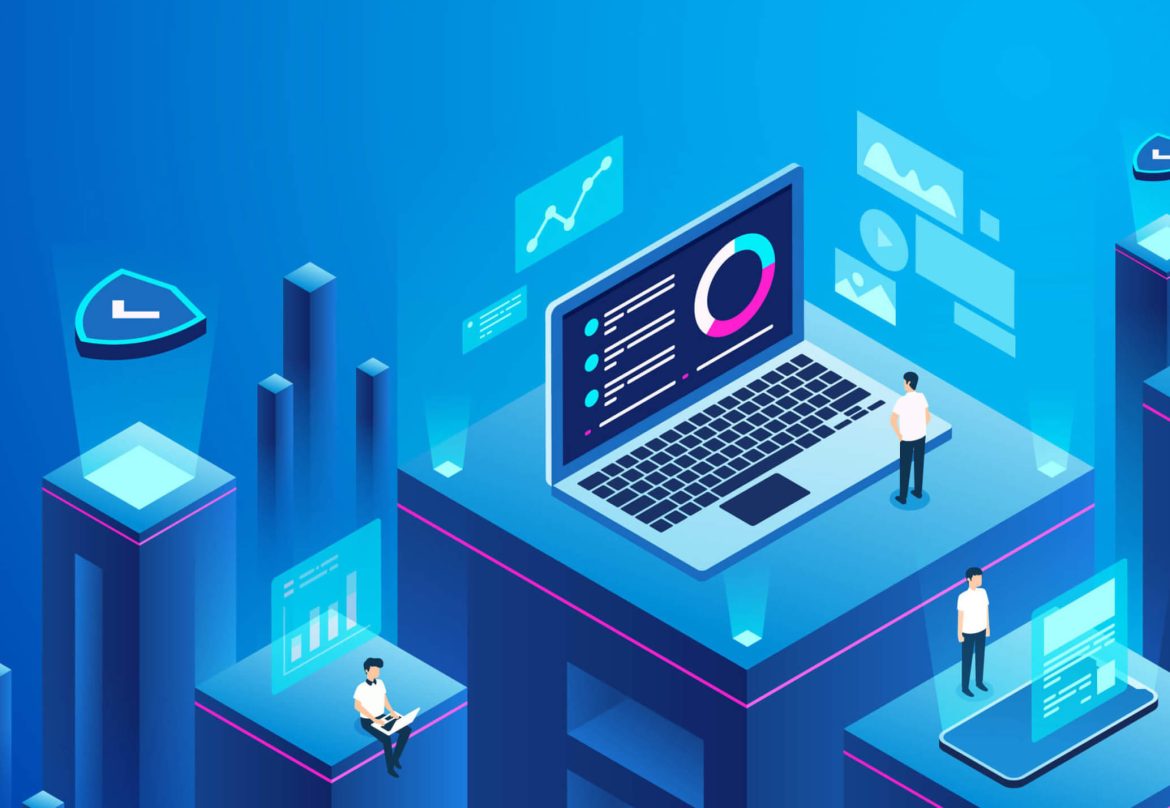Artificial intelligence plays a vital role in resource optimization. Algorithms predict energy demand, manage smart grids, and reduce losses in logistics. Blockchain is used to track the carbon footprint of products from farm to store.
Green building technologies are also gaining momentum. Smart buildings with automatic lighting and heating controls, walls made of mycelium or recycled plastic, and solar windows all reduce energy consumption and make cities more sustainable. However, the implementation of sustainable technologies faces barriers: high costs, lack of infrastructure, and resistance from traditional industries. Government support, subsidies, and “green” taxes can accelerate the transition.
Education and public awareness are also important. People must understand how their choices impact the planet. Apps for tracking personal carbon footprints, eco-labels for products, and school programs on sustainable development are shaping a new environmental consciousness.
Sustainable technologies are not a sacrifice, but an investment in the future. They create jobs, improve quality of life, and protect the planet. The key is to act together: governments, businesses, and citizens must work together to ensure the Earth remains viable for future generations.
Advertising


